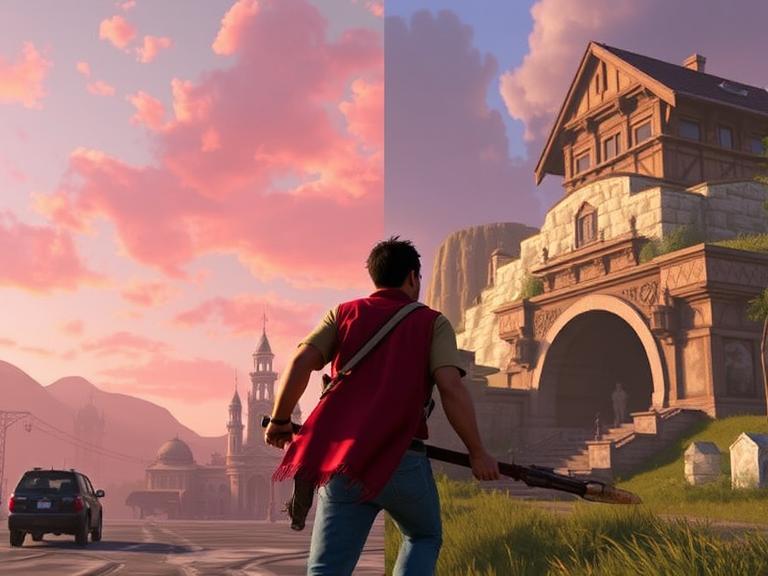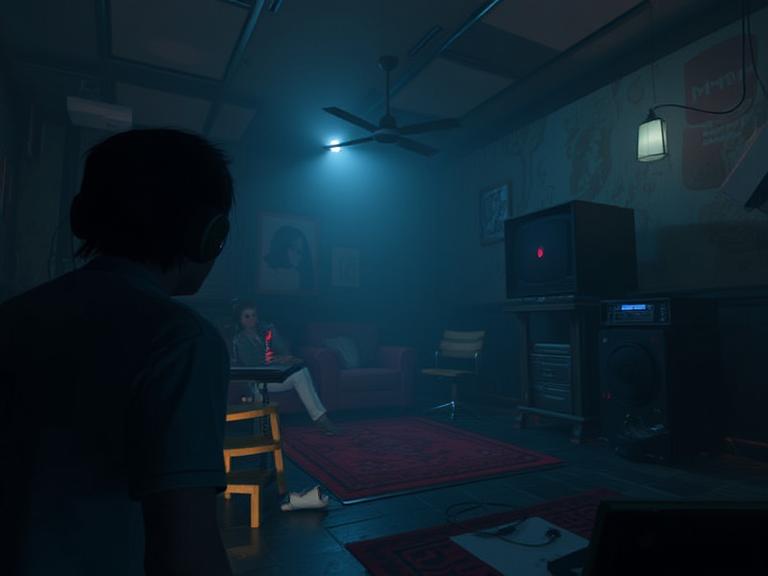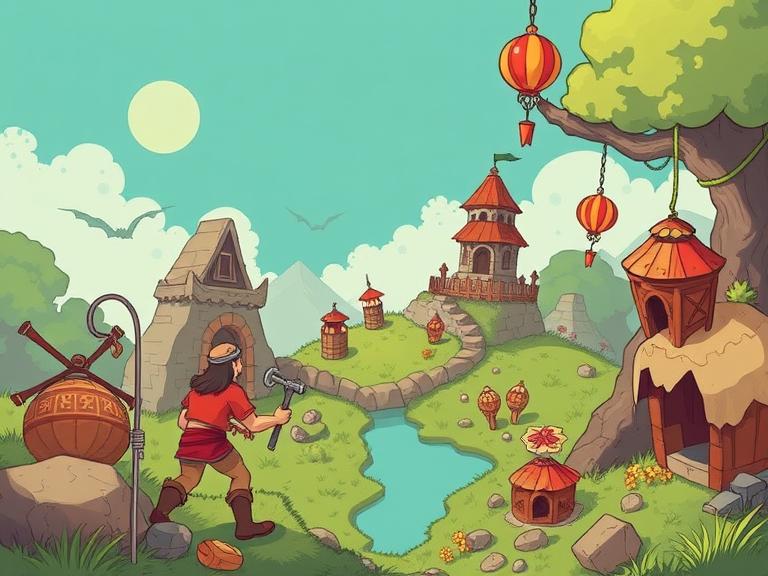Realism vs. Stylization in Modern Game Graphics
Modern video games exist on a broad visual spectrum — from hyper-realistic graphics in Red Dead Redemption 2 to the vibrant, stylized art of Overwatch. The decision to pursue realism or stylization isn’t just about looks — it’s a deliberate design choice that influences immersion, performance, and emotional impact. Realism aims to replicate the world […]









